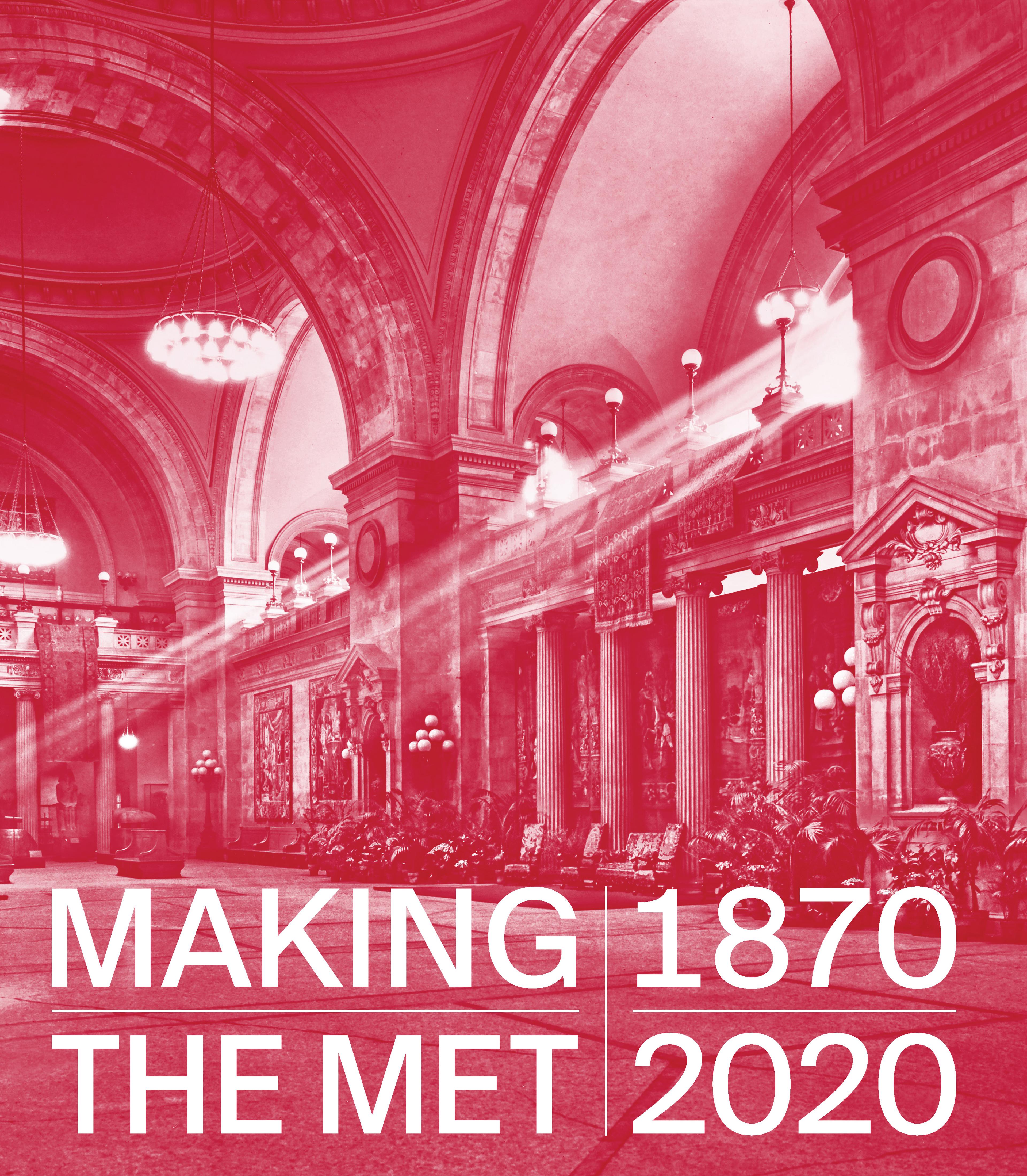Bhairava
A fearsome form of the Hindu deity Shiva, the wide-eyed and fanged Bhairava embodies rage. Flames emit from his mouth, eyes, eyebrows, and chin, and his red hair appears as an aureole of fire. He wears a diadem entwined with snakes and skulls and set with large rock crystals, pendant ear ornaments of coiled snakes. A small hole that pierces the inner mouth was used during the annual Indrayatra festival to funnel beer through a drinking tube to bless eagerly awaiting devotees. The representation of Bhairava as an independent, masklike head is unique to the Newari metal artists of Nepal, who were famous throughout the Himalayan world for their skills in working copper. This mask’s similarity to an inscribed example dated 1560 suggests it was made in the mid-sixteenth century.
Artwork Details
- Title: Bhairava
- Period: Malla period
- Date: 16th century
- Culture: Nepal, Kathmandu Valley
- Medium: Gilded copper, rock crystal, paint
- Dimensions: H. 32 in. (81.3 cm); W. 36 in. (91.4 cm); D. 14 in. (35.6 cm)
- Classification: Sculpture
- Credit Line: Zimmerman Family Collection, Gift of the Zimmerman Family, 2012
- Object Number: 2012.444.2
- Curatorial Department: Asian Art
More Artwork
Research Resources
The Met provides unparalleled resources for research and welcomes an international community of students and scholars. The Met's Open Access API is where creators and researchers can connect to the The Met collection. Open Access data and public domain images are available for unrestricted commercial and noncommercial use without permission or fee.
To request images under copyright and other restrictions, please use this Image Request form.
Feedback
We continue to research and examine historical and cultural context for objects in The Met collection. If you have comments or questions about this object record, please contact us using the form below. The Museum looks forward to receiving your comments.
